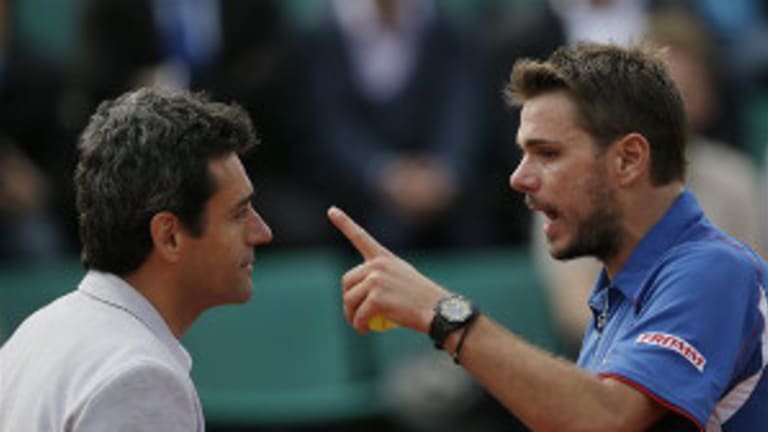“By next week it may feel like a distant memory, one more cloud of red dust blowing around in the backs of our minds, but Monday’s fourth-round match between Stan Wawrinka and Richard Gasquet shouldn’t be forgotten by fans of great tennis quite so quickly. In a tournament that has already given us its fair share of epics, this one stands above, in terms of drama, quality, and most of all, audacity.”
I wrote those words the day after Wawrinka outlasted Gasquet in the fourth round of the French Open, 6-7 (5), 4-6, 6-4, 7-5, 8-6. Having looked at a few Top 10 Matches of the Year lists this month, it seems that this one hasn't, as I feared, turned into another forgotten cloud of red dust. It wasn't a Grand Slam final, and it didn't determine the No. 1 ranking; in fact, both Wawrinka and Gasquet must have suspected that the road was going to end soon for the loser and the winner—Stan's reward for coming back from two sets down, and running around for 4 hours and 16 minutes, was a quarterfinal date two days later with Rafael Nadal. Yet this match lands at No. 8 on my year-end list for the reasons I mentioned back in June: Quality, theater, and gall. As Wawrinka said afterward, “It was a crazy match.”
Unfortunately, due to the cyber-vigilance of the French Open, there isn’t much video of the event on the Internet, and nothing I can embed in this post. To see the brief, Roland Garros-compiled highlights I’ll talk about below, go here.

